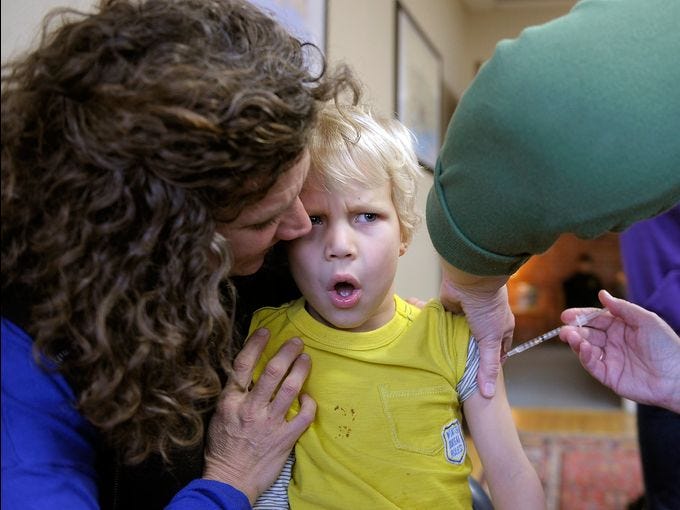WASHINGTON -- The Centers for Medicare and Medicaid Services (CMS) said it would reconsider covering gender change surgery under Medicare for patients with gender identity disorder.
Formerly called transsexual surgery, the procedure is not currently reimbursed by Medicare, under a policy dating back to 1981. At that time, the agency determined that gender change surgery was "experimental" and therefore not eligible for coverage.
The new review was prompted by two individuals who wrote to CMS, arguing that gender identity disorder and surgical gender change treatment were now accepted in medical practice. One of the petitioners cited a 2008 American Medical Association resolution backing "public and private health insurance coverage" for treatment of gender identity disorder.
CMS's decision to reconsider coverage of surgical treatment triggers an initial 30-day public comment period, which will end April 27. In announcing the review, the agency said it was "particular interested in clinical studies and other scientific information relevant to the topic under review."
In general, CMS requires evidence that a treatment is both effective and medically necessary before it will approve Medicare coverage.
Although allowance of Medicare coverage would probably benefit few transgender individuals directly, such determinations often affect coverage policies for Medicaid and private health plans.
News Source: www.medpagetoday.com
Formerly called transsexual surgery, the procedure is not currently reimbursed by Medicare, under a policy dating back to 1981. At that time, the agency determined that gender change surgery was "experimental" and therefore not eligible for coverage.
The new review was prompted by two individuals who wrote to CMS, arguing that gender identity disorder and surgical gender change treatment were now accepted in medical practice. One of the petitioners cited a 2008 American Medical Association resolution backing "public and private health insurance coverage" for treatment of gender identity disorder.
CMS's decision to reconsider coverage of surgical treatment triggers an initial 30-day public comment period, which will end April 27. In announcing the review, the agency said it was "particular interested in clinical studies and other scientific information relevant to the topic under review."
In general, CMS requires evidence that a treatment is both effective and medically necessary before it will approve Medicare coverage.
Although allowance of Medicare coverage would probably benefit few transgender individuals directly, such determinations often affect coverage policies for Medicaid and private health plans.
News Source: www.medpagetoday.com








.jpg)







.jpg)






